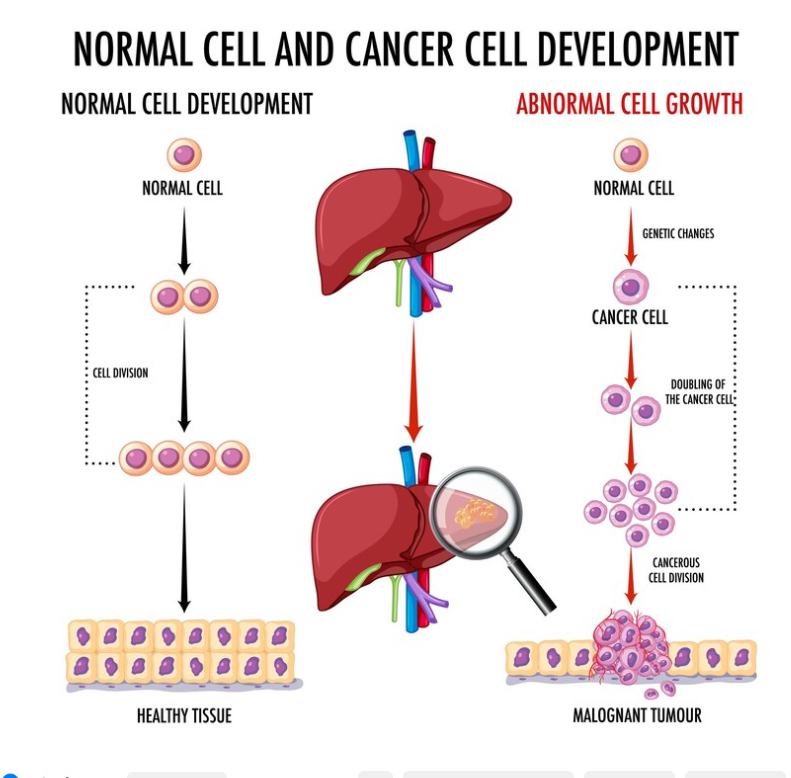
Understanding Hepatitis E: Causes, Symptoms, and Risk Factors
Introduction: Hepatitis E might not be as commonly talked about as other forms of hepatitis, but it’s essential to understand this liver infection and how it can affect you. Let’s break down what Hepatitis E is, what causes it, its symptoms, and what factors put you at risk.
What is Hepatitis E?
Hepatitis E is a liver infection caused by the Hepatitis E virus (HEV). Unlike Hepatitis A, B, and C, which are caused by different viruses, Hepatitis E is caused specifically by the HEV.
How is Hepatitis E Spread?
Hepatitis E is typically spread through the ingestion of contaminated food or water. This contamination can occur when fecal matter from an infected person enters the water supply or food chain. In some cases, Hepatitis E can also spread through direct contact with an infected person’s bodily fluids.
Symptoms of Hepatitis E
The symptoms of Hepatitis E can vary from person to person and may range from mild to severe. Some common symptoms include:
- Jaundice (yellowing of the skin and eyes)
- Fatigue and weakness
- Nausea and vomiting
- Abdominal pain or discomfort
- Loss of appetite
- Dark urine
- Clay-colored stools
It’s essential to note that not everyone with Hepatitis E will experience symptoms. Some people may be asymptomatic carriers of the virus, meaning they have the virus in their bodies but do not show any signs of illness.
Risk Factors for Hepatitis E
Certain factors can increase your risk of contracting Hepatitis E:
- Travel to Endemic Areas: Hepatitis E is more common in regions with poor sanitation and limited access to clean water, such as parts of Africa, Asia, and the Middle East. Traveling to these areas can increase your risk of exposure to the virus.
- Consumption of Contaminated Food or Water: Eating or drinking contaminated food or water is the primary route of Hepatitis E transmission. This risk is higher in areas where food and water sanitation standards are low.
- Occupational Exposure: People who work in occupations that involve handling or processing raw or undercooked pork products, such as slaughterhouse workers or chefs, may have an increased risk of Hepatitis E infection.
- Compromised Immune System: Individuals with weakened immune systems, such as those with HIV/AIDS or undergoing immunosuppressive therapy, may be more susceptible to Hepatitis E and may experience more severe symptoms.
Conclusion
Hepatitis E is a liver infection caused by the Hepatitis E virus. It is primarily spread through the ingestion of contaminated food or water and can lead to symptoms such as jaundice, fatigue, and abdominal pain. Understanding the causes, symptoms, and risk factors of Hepatitis E is crucial for prevention and early detection.
Remember to practice good hygiene, including washing your hands frequently and consuming safe food and water, especially when traveling to areas where Hepatitis E is more prevalent.
Stay informed and take steps to protect yourself from Hepatitis E and other infectious diseases.
To seek medical advice, always consult a Doctor. Here are our recommended experts. Click here
To read more on Respiratory disease . Click Here


